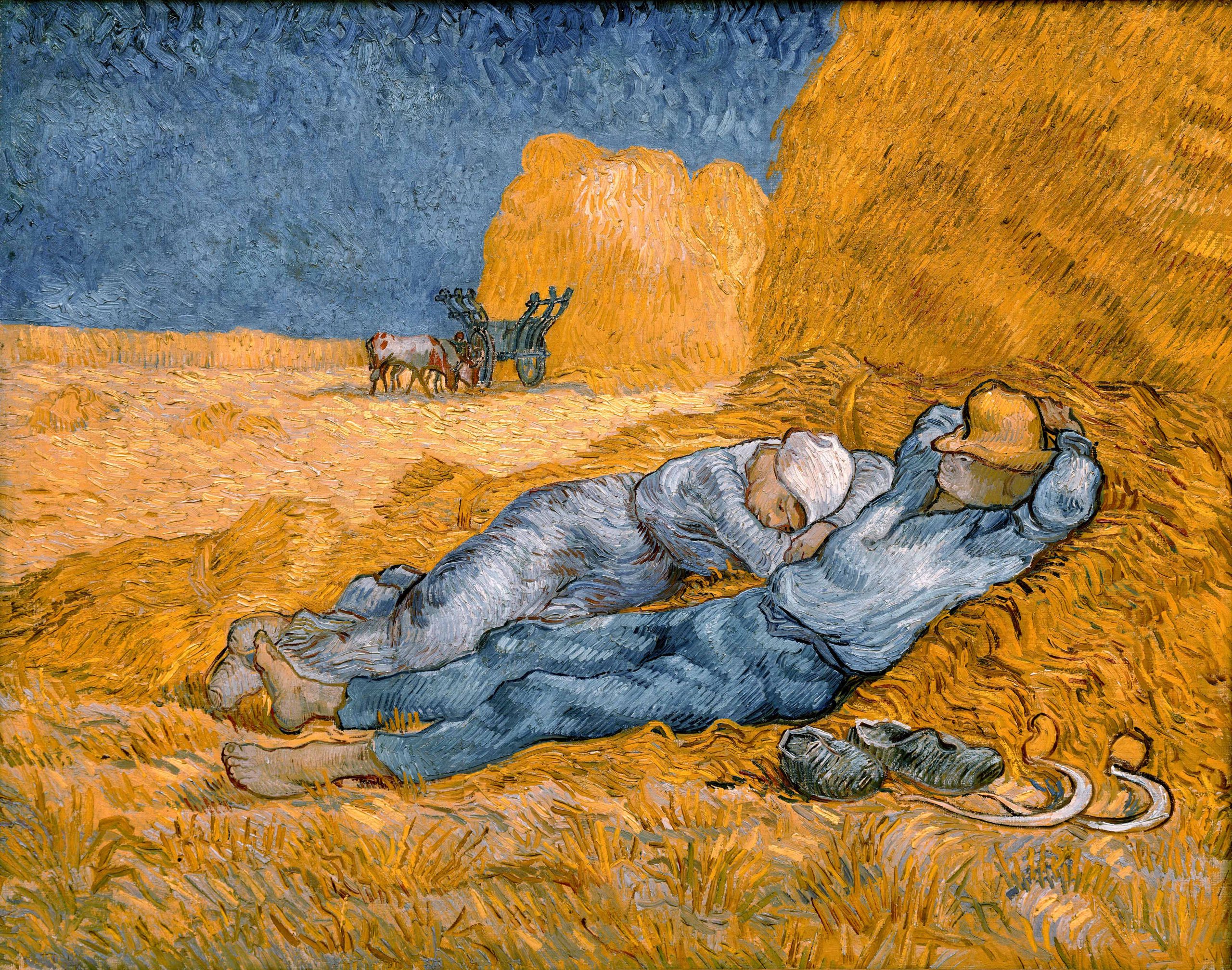
The twinkle in the eye is still there—the boyish charm, the self-deprecating sense of humor that feels particularly Canadian.
But the superb comic timing that made Michael J. Fox a superstar in the 1980s increasingly eludes him as the effects of Parkinson’s Disease take their toll—and he knows it, and he knows that you know it. After all these years as a performer, he consistently comes up with the perfectly snappy one-liner—it just takes him a little longer to deliver it sometimes.
Fox discusses the disease, his career, and how the disease has shaped his career with disarming candor in the documentary “Still: A Michael J. Fox Story.” And it is his story. Oscar-winning director Davis Guggenheim (“An Inconvenient Truth”) wisely allows Fox to sit before the camera, look straight at us, and speak with wit and wisdom about the highs and lows he’s experienced over his extraordinary life. We see none of the talking-head interviews we might expect with doctors, former co-stars, or Fox’s longtime wife and fellow actor, Tracy Pollan. Reminiscent of Errol Morris’ signature style, Guggenheim has crafted the powerfully intimate sensation that Fox is confiding in us, with a few nudges here and there to get him to open up further.
Just as effective is his decision to use clips from Fox’s filmography to flesh out and comment on the 61-year-old actor’s tale. With masterful editing from Michael Harte, Guggenheim seamlessly glides between Fox’s breakthrough roles in the sitcom “Family Ties” and the blockbuster “Back to the Future,” as well as subsequent performances in “Teen Wolf,” “Bright Lights, Big City,” “Casualties of War,” “Doc Hollywood” and more.
Reenactments provide lively and essential connective tissue, and Fox’s entertaining narration from his books ties it all together. One spectacular sequence details how Fox simultaneously shot “Family Ties” by day and “Back to the Future” by night, with drivers rushing him from place to place, waking him up, brewing his coffee, and ensuring he has his scripts. (And we learn how Eric Stoltz was originally cast in the iconic role of Marty McFly, and even shot much of the film before Fox was hired to replace him. It’s hard to imagine anyone else in that puffy vest and jeans, bantering about the flux capacitor with Christopher Lloyd.)
The energy in “Still” is often infectious, and it reflects how on-the-go Fox has been since his childhood in Canada. Archival photos from hockey teams and the drama club reveal how much smaller he was than the other kids (“I was just a little elf,” he recalls), a quality that would help him play younger characters with the wisdom of age. He’s honest about both his extreme poverty starting in Hollywood as well as the arrogance that overcame him once he made it big. In one clever parallel, Guggenheim depicts Fox approaching a newsstand in the San Fernando Valley at the height of his fame, when his adorable, smiling face graced every magazine cover from People to TV Guide to Teen Beat; he recreates this image in a scene set in 1998, once Fox has revealed his Parkinson’s diagnosis, and he’s back on all the magazine covers for a sadder reason.
In between, he learned to hide the tremors on set for seven years. No one noticed it then, but we can see it now, looking back at his TV and film work. Fox is candid about the trickery he employed to create the guise of normalcy, often holding a pen or a prop in his left hand and fiddling with it or incorporating a little bob or weave into a punch line to mask his unsteadiness. That he felt the need to go to such lengths for personal and professional survival is retroactively heartbreaking. And then there’s his drinking to numb the pain, which Fox has talked about for many years.
This could have been mawkish—an “eat your vegetables” movie about an inspirational figure overcoming adversity. But keeping Fox’s self-effacing, no-nonsense voice as a through-line consistently buoys “Still.” So does a lively soundtrack that ranges from INXS to the Beastie Boys to Kenny Loggins. (The use of “This Is It” as Fox and his dad drive to Los Angeles with dreams of stardom is a bit on the nose, however.) There are life lessons here to be learned and shared, for sure. But the film moves with such thrilling pacing it feels more like a celebration.
The irony, of course, is that a disease that is robbing Fox of the ability to control his body has also allowed him to achieve stillness in his mind. And the quiet moments of introspection he now enjoys speak louder than any crowd-pleasing laugh line on a soundstage.
Now playing in theaters and available on Apple TV+.




